Interior design has always been about creating spaces that engage the senses. From carefully chosen materials to the arrangement of décor, designers continually seek to create environments that are both aesthetically pleasing and functional. One fascinating visual phenomenon that has the potential to revolutionize how we perceive space is Chromostereopsis—a visual effect that leverages color contrast to manipulate depth perception. Let’s explore how this optical illusion can be harnessed to transform interior design.
Chromostereopsis: The Science of Color Contrast
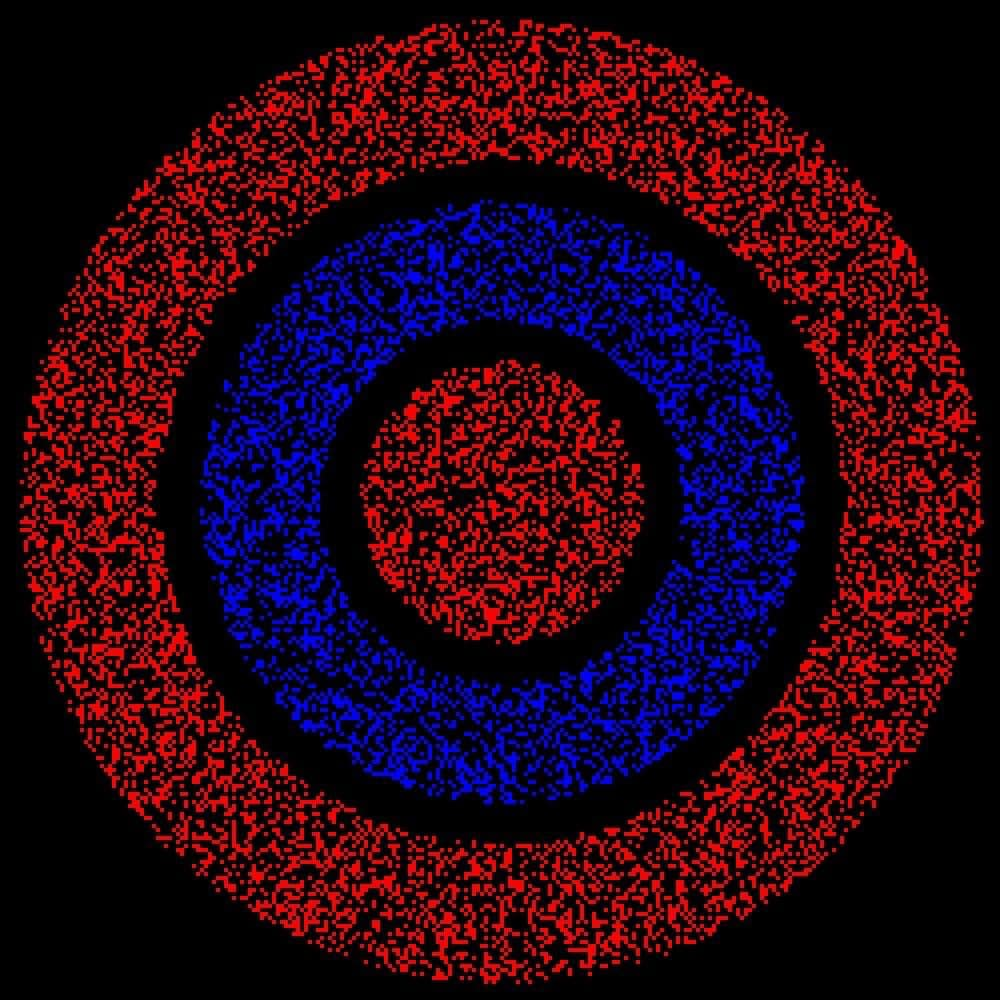
Chromostereopsis is a visual phenomenon that alters our perception of depth and space due to the interaction of contrasting colors. It occurs when two colors of different wavelengths—like red and blue—are placed side by side. Colors with shorter wavelengths (like blue and violet) tend to appear closer to the viewer, while colors with longer wavelengths (like red and yellow) recede into the background. This effect causes flat surfaces to appear three-dimensional, even when they are two-dimensional.
This visual trickery has been known since the Renaissance, with Leonardo da Vinci observing how warm colors seem to come forward, while cool colors fade back. However, it wasn’t until the late 19th century that German physiologist Ewald Hering formally named the phenomenon “Chromostereopsis,” identifying how this contrast could create a sense of depth in otherwise flat spaces.
The Role of Chromostereopsis in Art and Design
While Chromostereopsis is a scientific term, its influence extends far beyond laboratories and textbooks. Artists, advertisers, and photographers have long used this effect to capture attention and create visual intrigue. By playing with contrasting colors, they manipulate how viewers perceive depth and dimensionality in images and designs.
Advertising has been one of the most prominent fields where Chromostereopsis is applied. Bright, contrasting colors are often used in logos, billboards, and packaging to make products stand out from their surroundings. These visual tricks not only draw the eye but also create a sense of three-dimensionality that makes designs more memorable.
In photography, this effect is often used to create optical illusions and challenge the viewer’s sense of reality. The right contrast between colors can add an extra layer of depth to an image, making flat surfaces appear dynamic and full of life. Even in fashion, designers use Chromostereopsis to give clothing dimensionality, with color-blocking techniques and contrasting patterns that create a visual play on depth and texture.
Chromostereopsis in Interior Design: Adding Depth to Spaces
Interior designers are now beginning to explore how the principles of Chromostereopsis can transform living spaces. By strategically using color contrast, designers can create rooms that feel more dynamic and visually stimulating, without the need for physical alterations to the space. This allows for creative experimentation with depth and perception in both residential and commercial environments.
Using Wall Colors to Create Depth
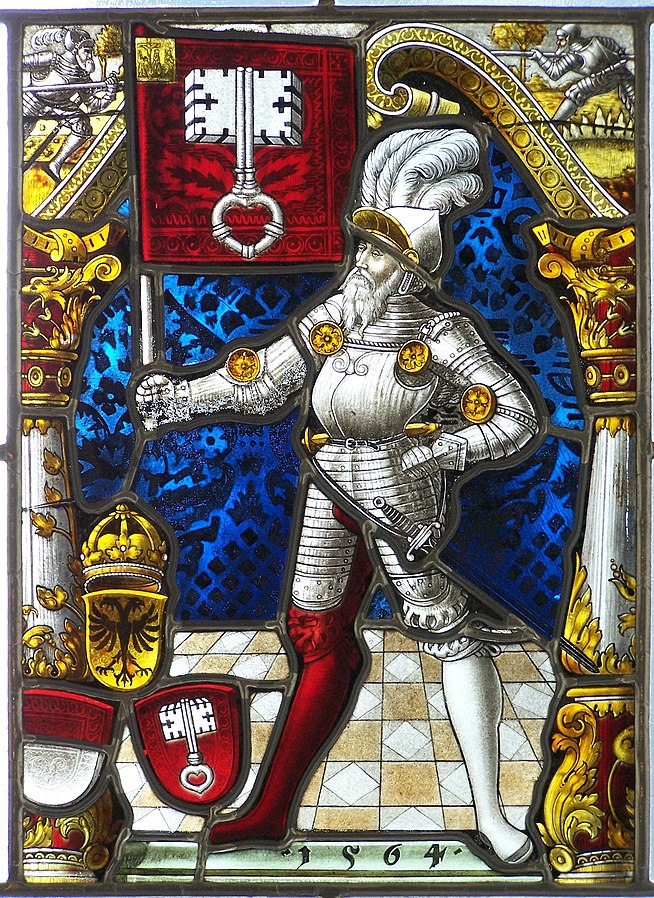
One of the most effective ways to incorporate Chromostereopsis in interior design is through wall colors. Pairing warm and cool colors on opposing walls or using gradients of the same color can create the illusion of depth in a room. For example, painting one wall in a cool blue and another in a warm red will make the blue wall seem closer, while the red wall appears farther away, changing the room’s perceived dimensions.
Additionally, using variations in saturation and brightness within a single color can create a similar effect. Lighter, more desaturated tones will recede, while darker, more intense tones will pop forward, adding an unexpected sense of dimension to an otherwise simple space.
Contrasting Furniture and Décor
Furniture and décor choices also play a crucial role in enhancing the Chromostereopsis effect. By selecting furniture in contrasting colors, designers can bring depth and movement into a room. For example, pairing a dark sofa with bright accent pillows, or contrasting light walls with bold, dark-colored furniture, can give the space a dynamic, multi-dimensional feel.
Artwork, too, is an excellent way to utilize Chromostereopsis. Bright, contrasting colors in wall art or sculptures can create a focal point, drawing the viewer’s attention and creating the illusion of depth. Abstract art that employs color contrasts can especially maximize this effect, transforming a flat surface into a visual centerpiece.
Material Selection and Light Reflection
Another important consideration in interior design is how different materials reflect light and color. Textured materials, glossy finishes, and matte surfaces all interact with light differently, contributing to the perception of depth and space in a room.
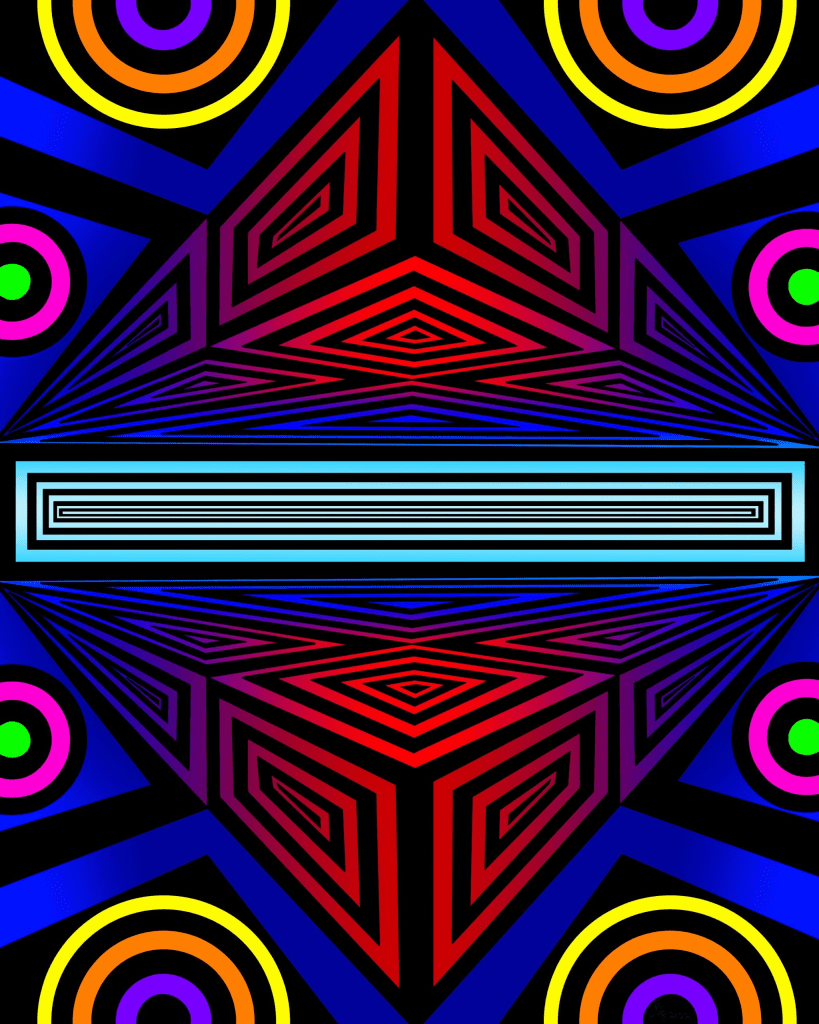
For example, glossy surfaces reflect more light, which can enhance the effect of contrasting colors, making bright hues seem even more vibrant and closer to the viewer. On the other hand, matte finishes absorb light, allowing darker colors to recede. By combining these different materials in walls, floors, and ceilings, designers can further amplify the Chromostereopsis effect.
The Role of Lighting in Enhancing Chromostereopsis
Lighting is perhaps the most critical factor in maximizing the impact of Chromostereopsis in interior design. Proper lighting can enhance color contrasts and create shadow effects that further emphasize depth. Strategic placement of lights—such as directional spotlights or accent lighting—can highlight specific areas of a room, making them stand out.
Different types of lighting, like warm or cool-toned bulbs, also interact with wall colors and materials to create varied visual effects. Designers can use this to their advantage, adjusting the lighting to change the perception of depth throughout the day or in different spaces within a home.
Things to Consider When Using Chromostereopsis in Interior Design
While the Chromostereopsis effect can be a powerful tool, it must be used thoughtfully. Too much contrast can overwhelm the senses, making a room feel chaotic and disorienting rather than aesthetically pleasing. The key to success is balance.
Balance Between Colors and Contrast
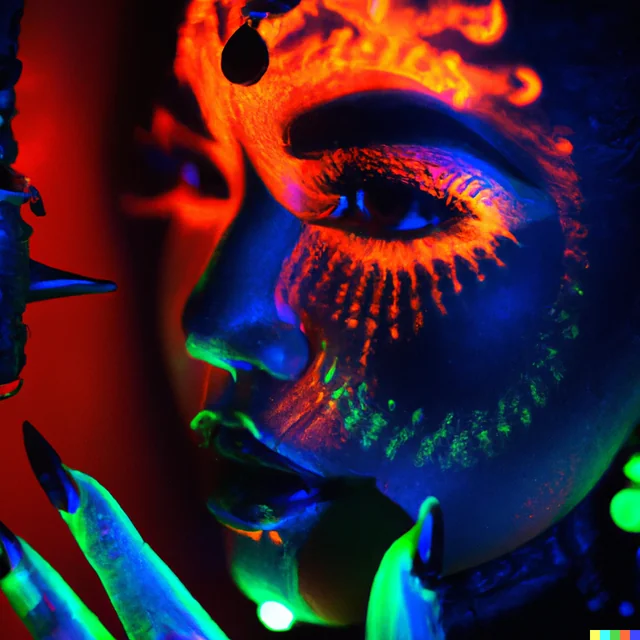
Incorporating contrasting colors should always be done with balance in mind. The goal is to create harmony, not visual overload. Designers can experiment with different color combinations, gradually adjusting the intensity to find the right balance between depth and cohesion.
Size and Placement of Color Blocks
The size and placement of contrasting color blocks also matter. Large surfaces, such as walls or floors, are ideal for making bold color statements that emphasize depth. Meanwhile, smaller elements—such as throw pillows, rugs, or décor items—can add layers of visual interest without overpowering the design. Thoughtful placement of these elements ensures that the overall look remains cohesive and intentional.
The Future of Chromostereopsis in Interior Design
As design technology continues to evolve, the use of Chromostereopsis in interior design is likely to expand. With advancements in augmented reality (AR) and virtual reality (VR), designers can now experiment with color contrasts and lighting scenarios in digital environments before implementing them in real spaces.
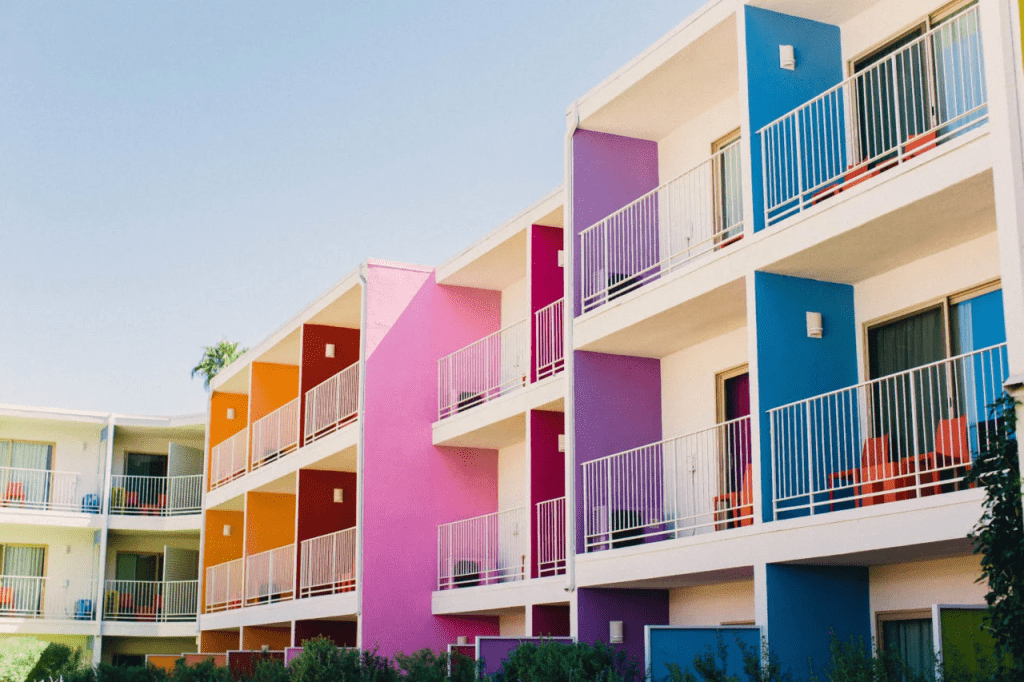
Additionally, sustainable design will play a role in the future of Chromostereopsis. As designers focus on using environmentally-friendly materials, they will also look for ways to enhance color contrast naturally, using eco-friendly paints, finishes, and textiles.
Perhaps most exciting is the potential for cross-disciplinary collaboration, where interior designers work with neuroscientists and psychologists to create spaces that not only look good but also positively influence mood and behavior. By understanding how color impacts perception, future interiors may be designed with the specific purpose of enhancing well-being and happiness.
Conclusion: Chromostereopsis—A New Frontier in Design
The Chromostereopsis effect offers a fascinating way to manipulate depth and dimension in interior design. By understanding how color contrast affects visual perception, designers can create spaces that are not only visually captivating but also highly experiential. As technology and design techniques continue to evolve, Chromostereopsis will undoubtedly play a growing role in shaping the interiors of the future, offering endless possibilities for creative expression.


